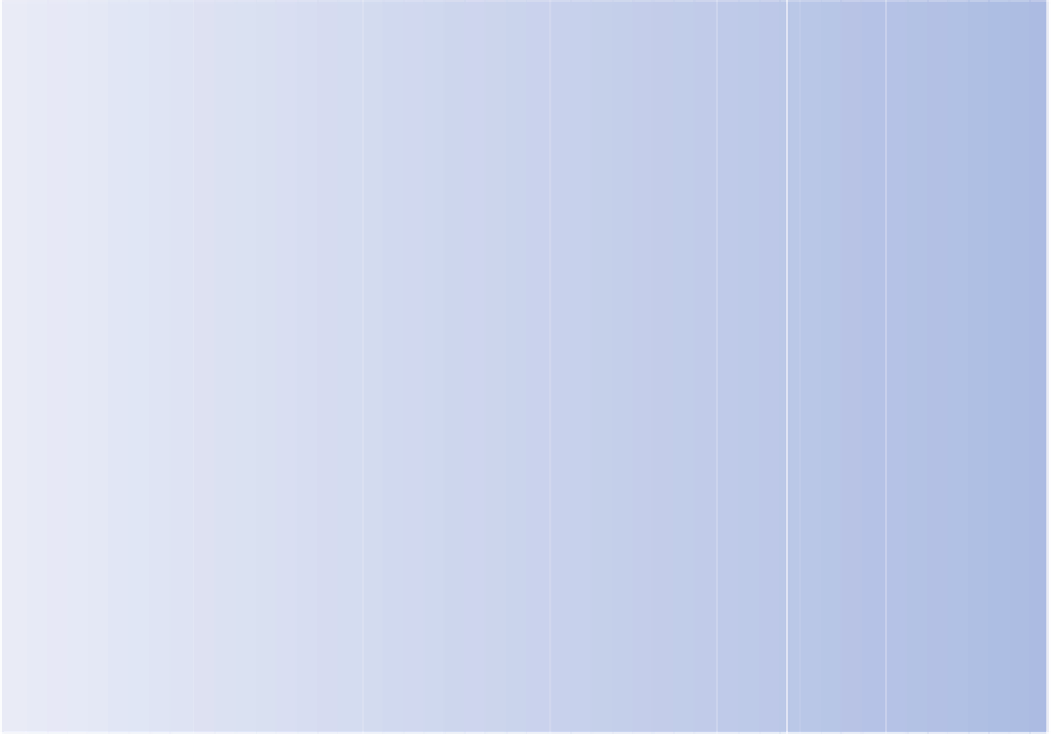Geography Reference
In-Depth Information
Table 10.2
Accuracy in riparian vegetation mapping in selected studies.
Reference
Image, Data
Accuracy Area
Comments
ortho-rectified digital aerial
photographs
81%
Hunter region (Australia)
Yang (2007)
Spot-4 multispectral (XS)
63%
Hunter region (Australia)
Landsat-7 ETM
+
53%
Hunter region (Australia)
Johansen et al. (2007b)
high resolution images
(QuickBird) and an
object-oriented
classification
79%.
Lost Shoe Creek (Canada,
scene size 50 km
2
)
The accuracy was increased
between 2 and 19% with
texture integration.
Antonarakis et al. (2008a) LiDAR,approach based on
point elevation
distribution
94-95%
Garonne River (France)
Geerling et al. (2009).
CASI image and LiDAR data
combination of spectral
and structural data
74%
Waal River (Netherlands)
LiDAR data takes up most of the
treatment time; this
combination increases the
accuracy by between 8 and
19% compared to a map
derived from only one source
Akasheh et al. (2008)
high resolution
multi-spectral airborne
data (0.5 m)
82-92%. Rio Grande River (USA)
Ge et al. (2006)
aerial photographs to map
Tamarix parviflora
71-78%
Cache Creek (USA)
As for habitat mapping, texture
integration in classification
increases the accuracy in
species mapping
1997; Brohman and Bryant, 2005; Alencar-Silva and Mail-
lard, 2010). From the image to the map, the common steps
are: (1) data acquisition and pre-processing; (2) map leg-
end development (i.e. which units were expected to be
identified); (3) classification (i.e. to group objects together
into types or classes based on shared characteristics);
(4) incorporation of ancillary data, accuracy assessment
(usually by field verification); and lastly (5) delineation
of the geographic distribution and extent of vegeta-
tion classes (Muller, 1997; Franklin and Wulder, 2002;
Brohman and Bryant, 2005).
In brief, we can distinguish two scales and associated
objectives: to map the extension of riparian vegetation at
a broad scale (i.e. riparian vegetation versus surrounding
land cover at the river network scale) (e.g. Narumalani
et al., 1997; Apan et al., 2002; Lawson et al., 2007)
(Figure 10.2) or to map the riparian vegetation mosaic
from local to medium scale (i.e. identify several cover
types within the corridor at reach scale (Figure 10.1a
and 10.1b) (e.g. Girel, 1986; Johnson et al., 1995). For
a long time, broad-scale mapping has been difficult
due to the fact that the available images cover limited
areas
satellite images have provided wider views and thus allow
broad scale mapping (Figure 10.1c). However, the low
spatial resolution of early images limited use in some
very specific contexts such as large floodplains (e.g. a
2700 km
2
scene for the Amazon floodplain, Mertes et al.,
1995) and so most of the river network was not included.
The increase in spatial resolution since the end of the
1990s allows the combination of riparian delineation at
broad scale with accurate vegetation type characterisation
(Goetz et
al
., 2003; Derose et al, 2005; Goetz, 2006;
Johansen et al., 2007b) (Table 10.2 and Figure 10.1f, g
and h). Vegetation type mapping can also be done or
improved by the integration of structural information
such as vegetation height or crown diameter provided by
LiDAR data (Farid et al., 2006; Antonarakis et al., 2008a;
Geerling et al., 2009; Johansen et al., 2010a; Johansen
et al., 2010b) (Table 10.2). Lastly, structural parameters
extracted at tree and community scales both from
aerial and terrestrial laser scanning tools provide very
useful information for the quantification of floodplain
roughness, for example (Straatsma and Baptist, 2008;
Antonarakis et al., 2009; Antonarakis et al., 2010) or Leaf
Area Index (Farid et al., 2008).
(Aguiar
and
Ferreira,
2005).
Since
the
1970s,




Search WWH ::

Custom Search